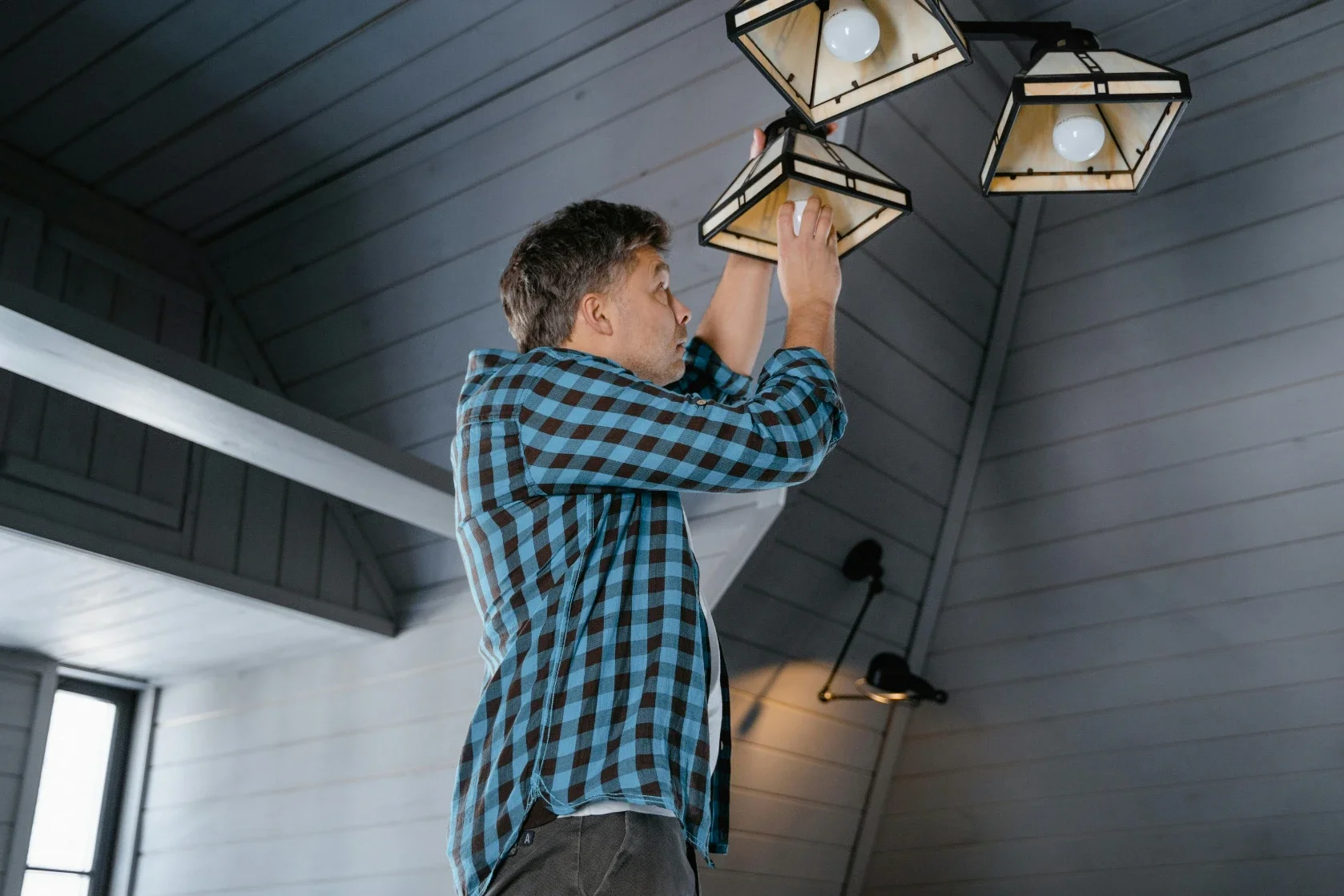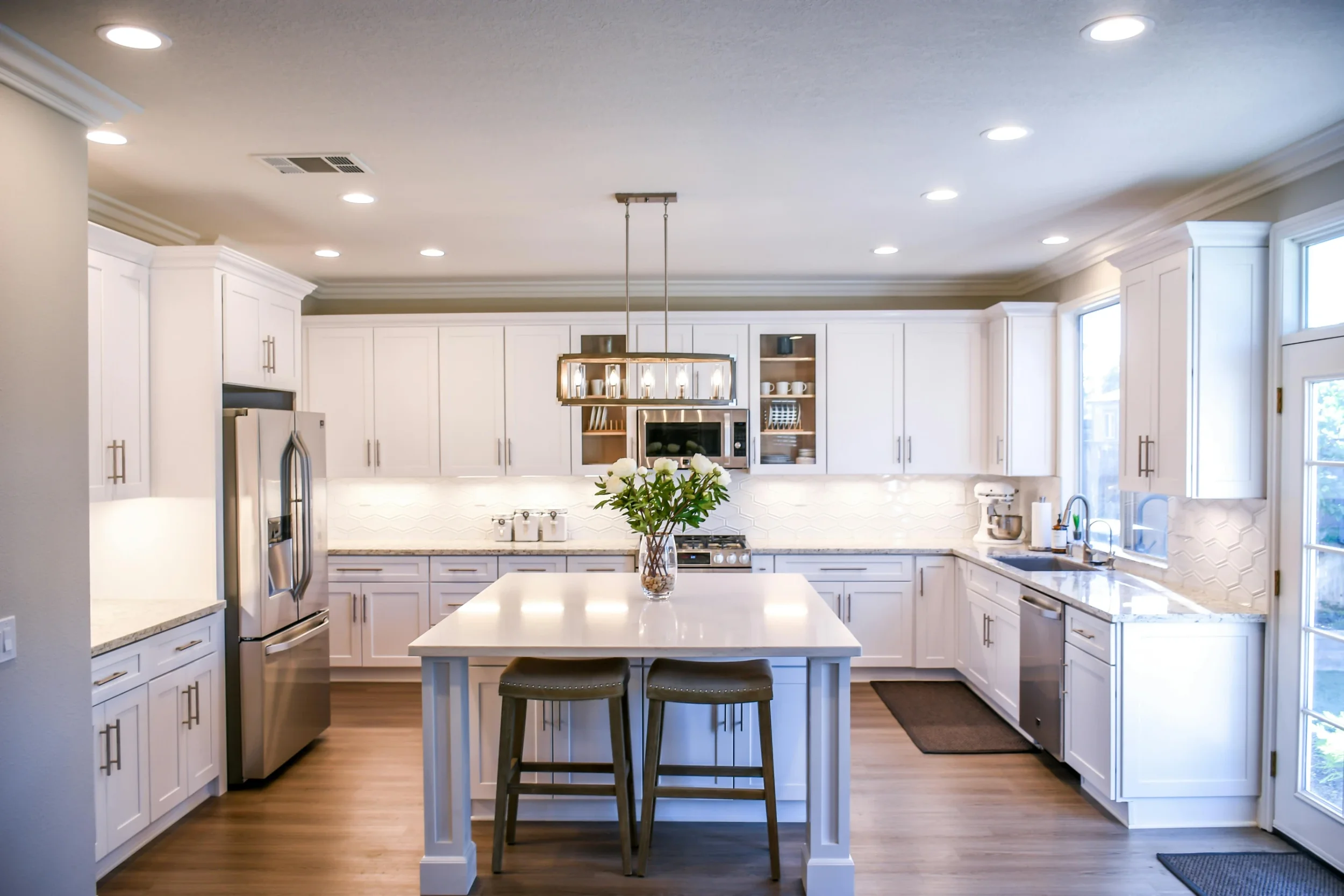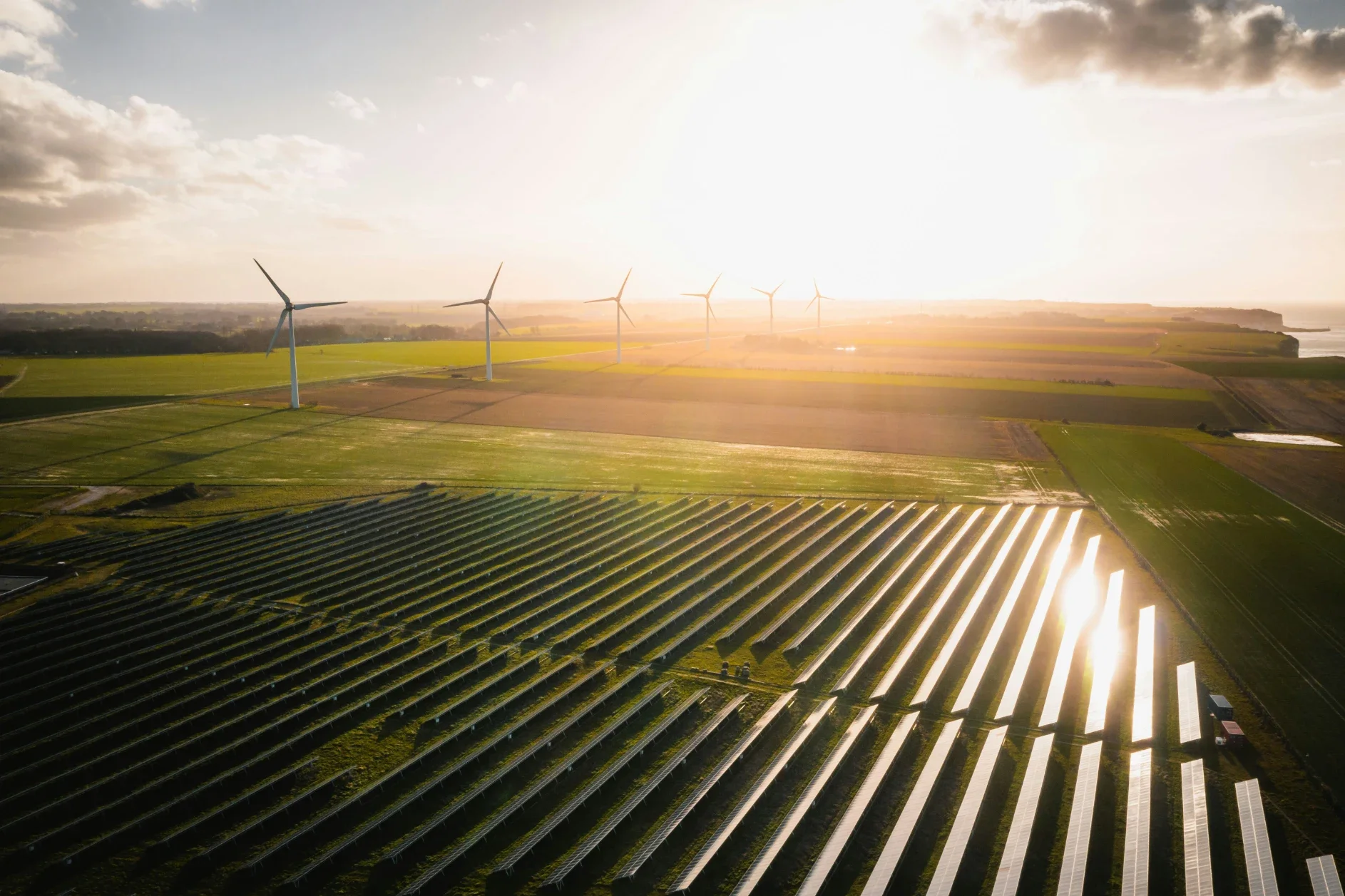Your Guide to Designing a Greener, Energy-Efficient Home
Learn how to design a greener, energy-efficient home with practical tips on smart materials, efficient systems, and sustainable everyday choices.
Creating an energy-efficient home is more than just a passing design trend. It’s a thoughtful approach that benefits both the planet and your finances. Energy-efficient homes reduce waste, improve indoor comfort, and lower monthly utility costs. With new technology and eco-friendly materials becoming more accessible, homeowners now have countless ways to build or remodel responsibly. From the roof above your head to the systems that power your space, every decision matters.
This guide outlines some practical ways to design a greener home that’s sustainable, affordable, and built to last.
Choose Sustainable Roofing Options
Your roof is one of the most important parts of your home’s energy design. The right roofing materials can help regulate temperature, lower cooling costs, and reduce your carbon footprint. Cool roofs, for example, are designed to reflect more sunlight and absorb less heat. This feature keeps homes cooler in warmer climates and helps reduce air conditioning needs.
Metal roofs are another popular option because they are durable, recyclable, and energy-efficient. They can also be fitted with solar panels or reflective coatings to improve performance. Clay tiles, slate, or shingles made from recycled materials are great choices for homeowners looking for sustainable aesthetics with long lifespans.
Budget often plays a big role in roofing decisions, but many companies now make it easier to go green. Several contractors offer roof financing options that allow homeowners to pay in manageable installments. This flexibility makes investing in energy-efficient roofing more accessible, ensuring sustainability doesn’t have to come with a heavy upfront cost.
Upgrade Your Insulation and Windows
Insulation is what keeps a home comfortable regardless of the weather outside. Without proper insulation, heated or cooled air escapes easily, forcing systems to work harder and use more energy. Upgrading your insulation in walls, attics, and floors helps prevent energy loss. Look for materials like cellulose, spray foam, or fiberglass that provide strong resistance to heat flow.
Windows are equally important. Older or single-pane windows often leak air and contribute to energy loss. Double or triple-pane windows with low-emissivity (Low-E) coatings create a thermal barrier that improves energy performance. Choosing windows with ENERGY STAR ratings ensures that you’re investing in products designed to save energy and money while keeping your home quieter and more comfortable.
Switch to Energy-Efficient Lighting
Lighting is one of the simplest areas where you can make an immediate impact. Replacing traditional incandescent bulbs with LEDs can cut energy consumption dramatically. LED lights last much longer and use a fraction of the electricity compared to older bulbs. They’re available in various color tones, so you can still achieve warm, inviting lighting without sacrificing efficiency.
Beyond switching bulbs, consider installing motion sensors or smart lighting systems. These technologies automatically turn lights off when not in use, reducing waste. Natural light should also be a part of your design plan. Larger windows and skylights allow more daylight in, lessening the need for artificial lighting during the day. Simple choices like these can lead to noticeable savings each month.
Install Smart Home Technology
Smart technology plays a major role in today’s energy-efficient homes. Devices like smart thermostats learn your habits and adjust heating or cooling based on when you’re home or away. This prevents unnecessary energy use and keeps your environment comfortable. Many systems can be controlled remotely from a smartphone, giving homeowners the ability to manage energy consumption from anywhere.
Other tools, such as smart plugs, sensors, and home energy monitors, provide real-time feedback on how much electricity appliances and devices use. This helps identify where energy is wasted and gives you the chance to make quick improvements. Smart blinds and automated lighting systems further enhance efficiency by responding to daylight levels or occupancy. Together, these technologies turn a regular home into an intelligent, energy-conscious space.
Go Solar and Embrace Renewable Energy
Switching to renewable energy is one of the most powerful steps toward building a greener home. Solar panels allow you to generate your own electricity and reduce dependence on the grid. The technology has advanced to the point where panels are more efficient, durable, and visually appealing than ever before. Depending on your location and sunlight exposure, solar power can supply most or even all of your household’s energy needs.
Many homeowners are surprised to learn that solar energy is also financially rewarding. While installation costs can seem high, federal and state incentives often make it much more affordable.
Pairing solar with battery storage systems lets you save energy for use at night or during outages, increasing independence and resilience. By adopting renewable energy, you’re not just cutting costs—you’re actively contributing to a cleaner planet.
Select Sustainable Materials and Finishes
Every material you choose for your home affects its environmental impact. Selecting sustainable, durable, and low-emission materials ensures your home remains both stylish and responsible. Opt for natural materials like bamboo, cork, and reclaimed wood for flooring and furniture. They’re renewable, long-lasting, and add warmth and texture to interiors.
Low-VOC (volatile organic compound) paints and finishes improve indoor air quality by reducing harmful emissions. Using recycled glass, metal, or composite materials in countertops or fixtures adds character while minimizing waste. Local sourcing also plays an important role in sustainability. When materials don’t have to travel far, transportation emissions decrease, and local economies benefit. Choosing products that last longer and require minimal maintenance is another way to reduce long-term environmental costs.
Focus on Water Efficiency
Water is one of our most valuable resources, and conserving it should be a central goal in home design. Low-flow faucets, showerheads, and dual-flush toilets use less water without affecting performance. These fixtures are widely available and easy to install, making them practical for any home.
For outdoor spaces, consider water-efficient landscaping or “xeriscaping,” which uses drought-tolerant plants that require minimal irrigation. Installing smart irrigation systems that adjust watering schedules based on weather conditions helps avoid waste. Rainwater collection systems also provide an excellent way to reuse water for gardening or outdoor cleaning.
Even small actions—like fixing leaks promptly or choosing energy-efficient dishwashers and washing machines—can save thousands of gallons of water each year.
Designing an energy-efficient home is only part of the journey—it’s the beginning of a more conscious way of living. Sustainability grows through everyday actions, small decisions, and long-term thinking. A greener home isn’t defined by technology or architecture alone; it’s defined by how you live within it. The true reward of an energy-efficient home is the peace of knowing you’re contributing to a healthier planet while creating a better space for yourself and future generations.






